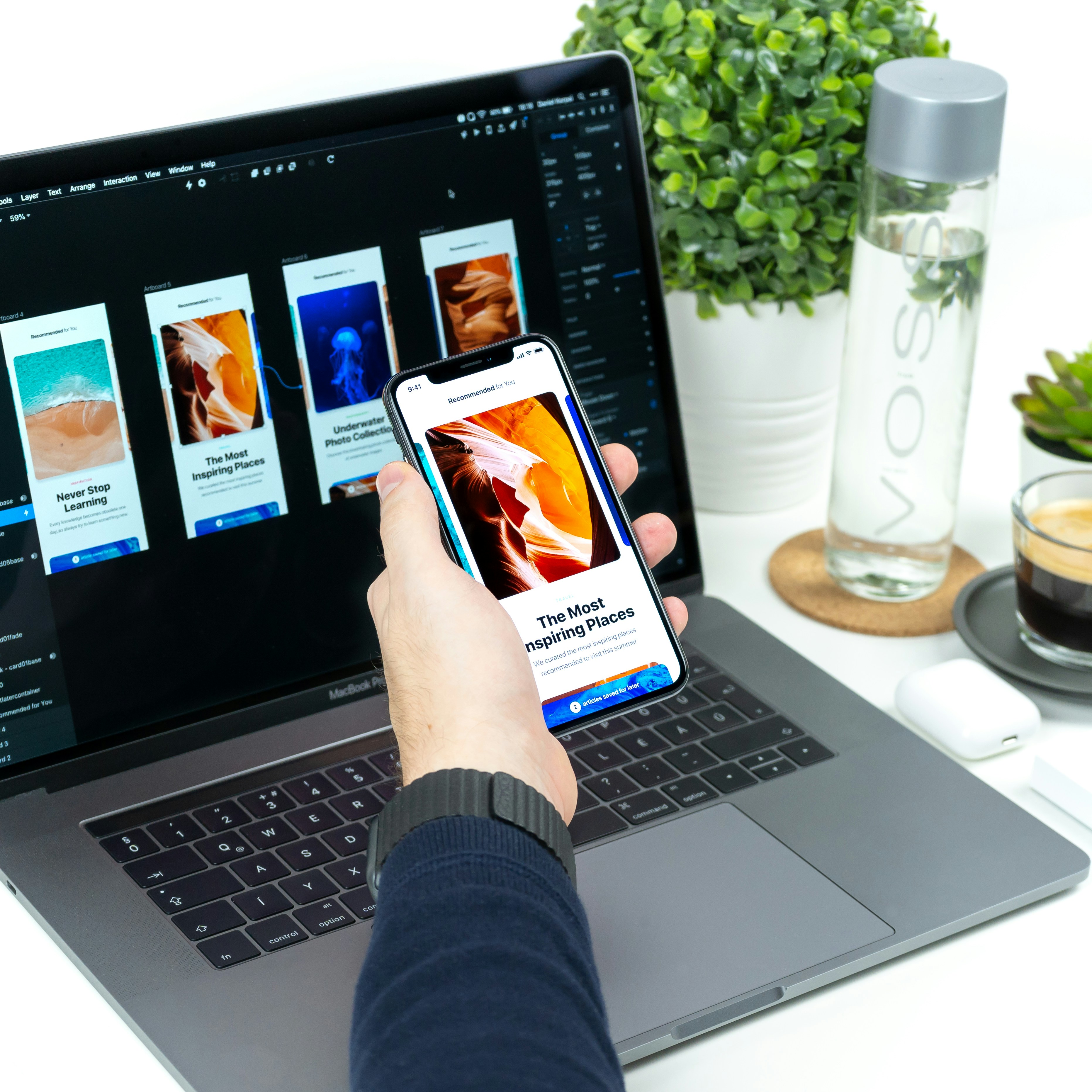The UI Developer is responsible for designing compelling UI Designs and translating them using HTML, CSS, Javascript, etc.
For designing UI Screens, there are different tools for creating pixel-perfect mockups. The first step is understanding the website's use case and the problem it's trying to solve, followed by research and competitive analysis.
Thanks for reading Nandan’s Blog! Subscribe for free to receive new posts and support my work.
Low-fidelity Mockups:
Once you have an idea about the app, move into wireframing, where it's a process of experimenting with how the design might look like. It can be done using just a pencil and paper. There are also tools for wireframing called Balsamiq. Once you do this, connect the wireframes with different pages to define the functionality; it's called prototyping. Tools like InVision, Marvel can be used for this purpose. Check these examples. It can also be at the stage of prototyping to get an idea about how the app/website will actually look like in reality.
Get feedback on this version from clients and users. In this stage, they can share their opinions and feedback without bias because it's not actually designed yet.
High-fidelity Mockups:
High-fidelity mockups are closer to real life in terms of how they look after building the app. Here, it's a more careful process of crafting UI screens, focused on styling like colors, fonts, icons, and images. There are assets that developers use once the design is finished.
Design tools like Figma, Sketch (Only Mac), Axure RP can be used to created these pixel perfect mockups.
In this face, Designers will be designing UI screens for mobile and also for Desktop which is called responsive Design.
For designing icons, there are tools like Adobe Illustrator to use. Some of the icon libraries like FlatIcon, Icon8 etc, which offer to use their large scale libraries.
Finally protype using tools like InVision to see how it is and to take final feedback from the client.
Building:
Here we use HTML, CSS and JavaScript for Static pages. There are website builder like WordPress, Wix, Squarespace, Shopify to build the websites. They offer template based solutions to build and integrate things into your site.
HTML is standard markup language, to build skeleton of the website which is easy to lean. CSS is Cascading Styling Sheet is used for styling the elements. CSS used to take more time, but thanks to CSS frameworks like TailwindCSS, which is similar to Bootstrap used to build and customize styles utilising prebuilt grid system and UI components. They made it quicker to build these websites.
If the site include more more functionality and more pages, it’s better to use Frontend Javascript frameworks like React.js, Angular.js, Vue.js. python framework like DJango and FastAPI, PHP framework framework like Larvel.
There is learning curve, it’ll take couple of months to learn each of the framework.
There are UI libraries for Material UI, Mantine, ShadCN, Chakra UI to make the UI more consistent visually appealing.
The package managers like NPM, Yarn, Pnpm to integrade third-party packages into the website for additional functionality.
For backend, there are different frameworks based on the language like Node.js for JavaScript, Spring boot for Java, Django and FastApi for Python.

